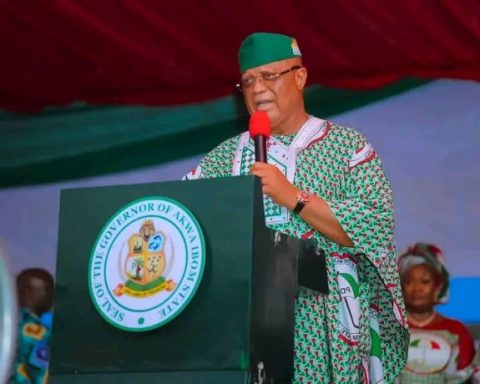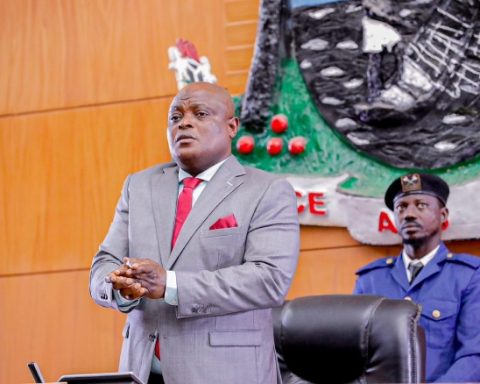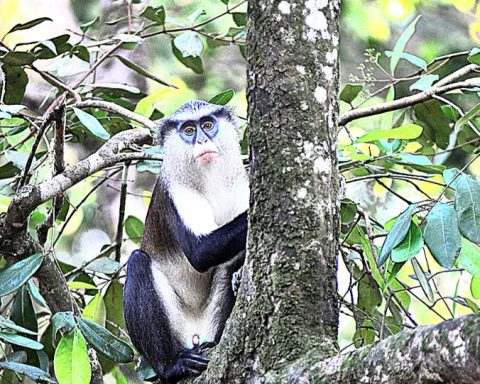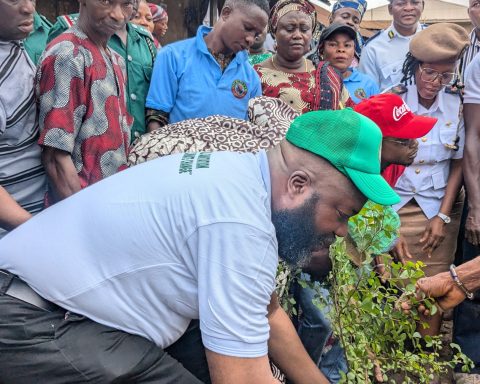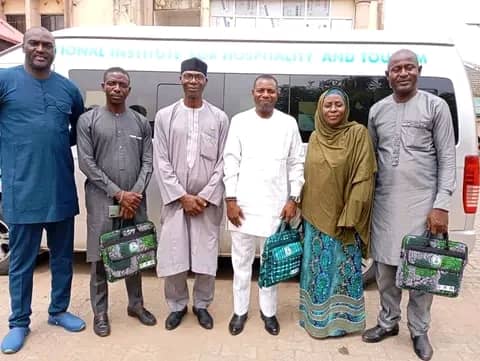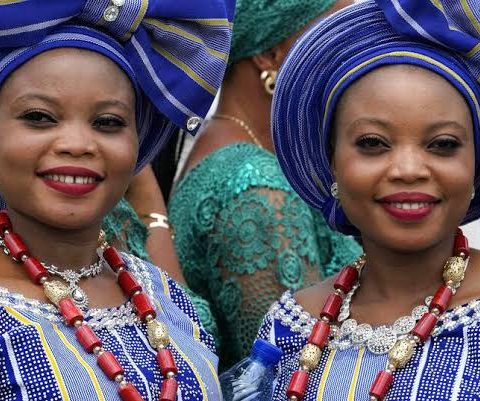
Otunba Olawanle Akinboboye noted that this week he would be speaking about another Yoruba festival which has evolved into a viable tourism product that is already part of Nigeria’s tourism offerings.
He asked what I know about Osun-Osgobo festival, which takes place in August every year in Osogbo, Nigeria at the Osogbo Sacred Grove.
He noted that the festival focuses on celebrating the goddess Osun.
According to him, Osun is the Yoruba goddess of fertility, love, sensuality and water. She is also said to be the protective deity of the River Osun.

In return for an annual sacrifice to her, the goddess promised to protect the group and bring them prosperity. This contract with the goddess is the basis for the annual sacrifice made to Osun at the Osogbo Grove during the Osun-Osogbo Festival.
Otunba Akinboboye noted that the Osun-Osogbo Grove, is among the last of the so – called sacred forests that once adjoined the edges of most Yoruba cities.
By the beginning of the 1950s the shrines at the Osun-Osogbo Grove had become neglected as the traditional priests abandoned the Grove and fishing, hunting and felling of trees occurred indiscriminately .
However, these shrines were renovated by an Austrian artist named Susanne Wenger (1915-2009) who came to Ibadan, Nigeria in 1950 with her lecturer husband Ullie Bieir. After suffering a serious illness, Ms Wenger immersed herself in Yoruba culture and religion .
Ms Wenger became an active participant in the revival of the Orisha religion and, after her divorce from Prof Beier, married a drummer called Lasisi Ayansola Onilu.
In 1961, Ms Wenger settled in Osogbo and became interested in the shrines dedicated to Orishas. She subsequently rebuilt many of the religious carvings within the sacred places and was also commissioned by the Osogbo District Council to renovate many of the local shrines, and in particular, the shrine dedicated to the river goddess, Osun
Ms Wenger was initiated into the Obatala, Soponna and Ogboni cults. She was subsequently bestowed with the chieftancy title of Adunni Olorisha.
With the support and encouragement of the Ataoja (the royal king of the time) and the support of the local people, Wenger formed the “New Sacred Art Movement“ and the long process of bringing the sacred place back to life by establishing it again, as the sacred heart of Osogbo”.
In recognition of its global significance and cultural value, the Sacred Grove was in 2005 designated a UNESCO World Heritage Site.
Ms Wenger died at 93, by which time the Sacred Grove had become a focus for foreigners keen to view the artwork at the Grove.
Otunba Akinboboye then noted that the restoration of the Grove by artists, gave it a new importance. It has become a sacred place for the whole of Yorubaland and a symbol of identity for the wider Yoruba Diaspora. The Grove is an active religious site where daily, weekly and monthly worship takes place.
Otunba Akinboboye is of the view that, in marketing the Festival and the Sacred Grove, account should be taken of the large communities of persons of Yoruba origin in places as diverse as Cuba, Haiti and Brazil. In his view the Festival and Grove is an ideal tourism product to offer to those who want to explore their roots.
Akinboboye feels that as Nigerians, we should be aware of our folklore in the same way Scandinavians are aware of Norse mythology and Egyptians are aware of the Pharaohs and the gods of ancient Egypt like Ra Hequet, Aset and Osiris.
He noted that Egypt has built a viable tourism industry rooted in its mythology. In this regard, Egypt’s tourism revenues in 2023 reached a record high of $15 billion, surpassing the previous records of $12.5bn in 2010 and $13bn in 2019.
Otunba Akinboboye said further that the Sacred Grove is a feature that could welcome daily visitors even in the absence of the Festival. Consequently, it could be made part of tour packages that revolved around Yoruba mythology and cultural beliefs.
He expressed the hope that young tourism practitioners would explore the various ways to present this in a manner that will make this product increase its attractiveness and make it a distinct feature on the bucket lists of tourists exploring Africa.





